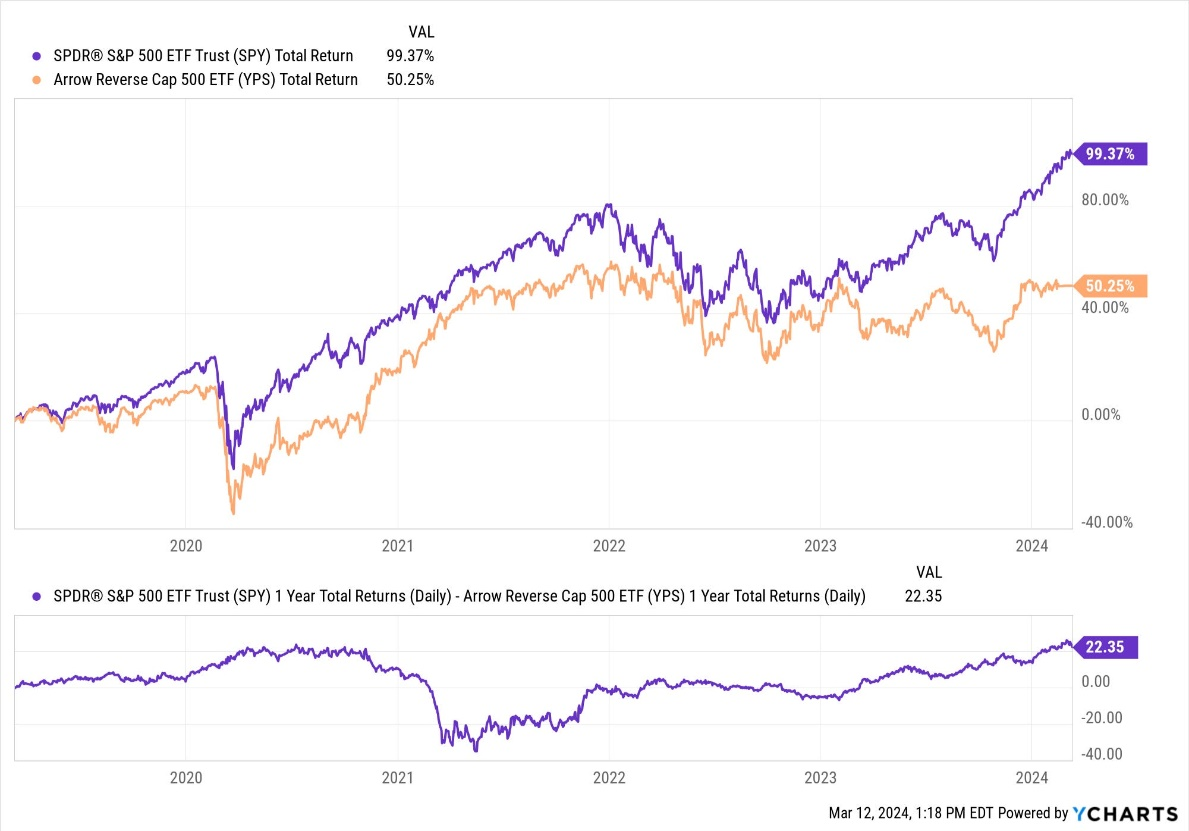Every investor can figure out what investment they want to buy and then explain to you why they own it. Same with when and why they sold an ETF or a stock. But there’s something missing from 95% of those discussions, whether they are on television, in print, or in a bar or restaurant, writes Robert Isbitts, founder of ETFYourself.com.
What’s the missing piece? THE WEIGHTING.
Not as in Tom Petty’s “The waiting is the hardest part,” but in a similar way. It is easy (and I’d argue dangerous) to simply go out and buy a security without also convincing yourself of why you bought the amount that you did.
For instance, if you had $100,000 to invest and bought an ETF you liked “because it has done well in the past” (a dangerous investing rationale I still see way too much of), that is NOT the most important factor in your success. Ultimately, investment results have much more to do with how much you own as a portion of your portfolio than what is inside that portfolio.
The corollary to this is if you don’t know what you own, you are prone to hidden but avoidable risks. Case in point: In my work on Seeking Alpha, I have had many discussions in the comments section where someone voluntarily lists the ETFs they own. I think to myself, “Do they realize they essentially own the same stuff, but in multiple packages?” I call this a “collection of investments” and here, we aim to teach techniques around portfolio management.
That brings me to today’s chart, which I think ties all of the above together. The purple line is the S&P 500...and the orange line is the S&P 500. That’s not a misprint!

Purple is the S&P 500 ETF Trust (SPY), the “regular” S&P 500 index tracker, which weights 500 stocks according to how large their market capitalizations are. Apple (AAPL), Microsoft (MSFT), Nvidia (NVDA), and similar names account for a huge percentage of SPY. Those stocks have risen by so much versus the other 490+ stocks in the index, the total 5-year SPY return is nearly 100%, despite the pandemic crash and the 2022 decline.
The orange line is also the S&P 500, and if the ETF name doesn’t give it away, the ticker symbol might. The Arrow Reverse Cap 500 ETF (YPS) is “SPY” backwards, and this weights the 500 stocks in reverse. The Magnificent Seven are the lowest weightings, not the highest. As we see, that has cut the success of SPY in half, as YPS is up “only” 50% the past five years.
How much does weighting matter? YPS, that reverse-weighted ETF shown in orange above? Notice how it flatlined very recently. It was shuttered and liquidated several days ago due to lack of interest. So I figured I’d grab it for this weighty lesson before it vanishes from my ETF database, too.




















